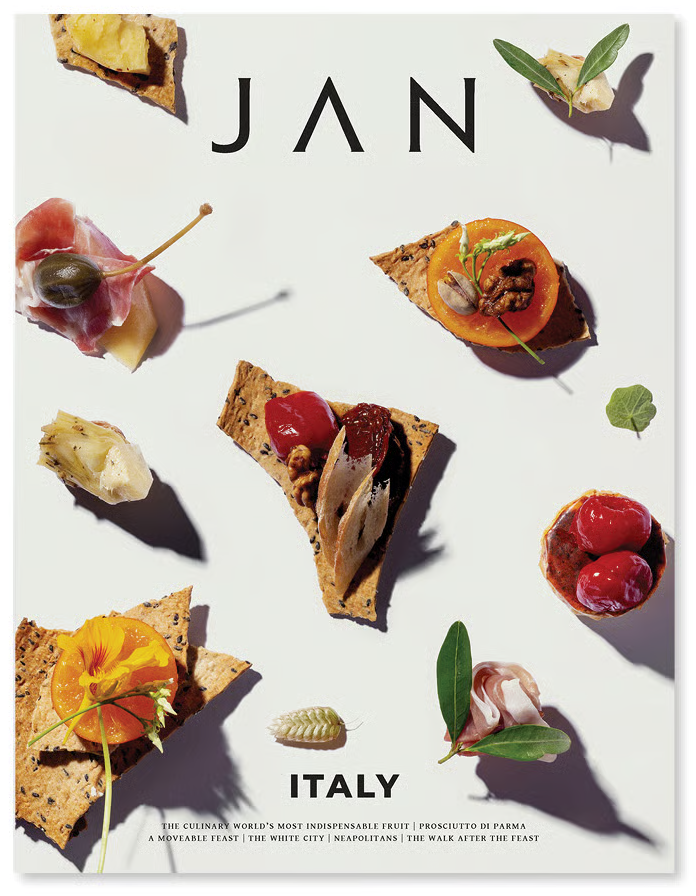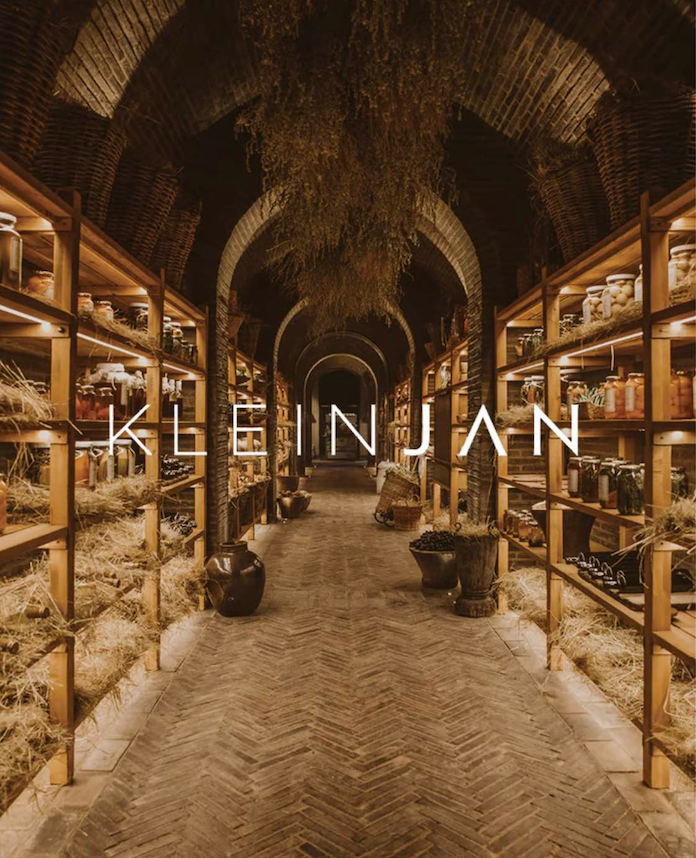The Wine Companion Game
The Most Fun You Can Have on Your Way to Becoming a Wine Expert
Although we don’t always get the credit for it, South Africa is one of the world’s richest and most diverse wine producing countries. Think of New Zealand and Sauvignon Blanc comes to mind. Australia? Same, although they did come up with the name Shiraz, and are quite diverse in their offering. But our winemakers are mavericks compared to the rest of the world, so we owe it to our 300-year-old winemaking heritage to understand our wines a little better. No matter how knowledgeable you are, you can never know everything there is to know about wine. Every bottle is literally different. But when dished up descriptions like “rich in thiols” and “on the edge”, we glaze over. But what if there was a better way to engage with the nuances of wine. What if you could expand your knowledge of it and still have fun? Well, our student-drinking-game days might be far behind us, but it doesn’t mean the game’s over…

Gathering together to share wine is an ancient human custom. We’ve been doing it for 9,000 years, in fact. We share wine when we have something to celebrate, when we have something to settle, or to come to an agreement. It puts us at ease, makes a gathering more jovial, and when we make a toast, it brings us together in honouring the same ideal. It’s a thing of beauty.
Most wine experts agree that when you want to delve deeper into the intricacies of wine, the only way is to start paying attention to every sip. How do you know when a wine is delicate or bold? What’s the difference between smooth and grippy? And what’s a round wine anyway? It’s all just words. You know what’s happening to your tastebuds, even if you can’t find the words yet.

HOW TO PLAY
This Wine Companion Game is designed to help you refine your palette. It’s an excuse to throw around industry jargon like a pro, even if you have no idea what you’re saying. Think of it as the Balderdash of wine. To play, start with selecting a wine. Then, save the [tasting note card] to your phone. Using your phone’s editing app, you can circle what COLOUR you think the wine is, rate the TEXTURE on a scale of 1 to 9, and identify the flavours.
When looking at the colour, use the colour palate provided. Tilt the glass at a 30 degree angle (so the glass can’t be full). Take a sip and swirl it around in your mouth. Before swallowing, refer to each item on the scale. Don’t worry, here are some crib notes.
WINE TASTING CHEAT SHEET
Delicate: Low in alcohol and intensity of flavour.
Bold: Warm, alcoholic, and intense in flavour.
Smooth: Velvet texture with a clean water like sensation.
Grippy: Tannic, think of licking a cement block.
Sweet: Sugar and fruit sweetness.
Dry: No presence of sweetness.
Round: Creamy texture, similar to drinking salty water.
Acidic: Sharp and pronounced.
Now comes the most important part: as you’re swirling, looking at all the various flavours and mark which ones you notice first. Swallow. As the wine lingers, see what else you pick up. The more complex the wine, the more the flavours will develop after you’ve swallowed the wine.

BY EXAMPLE
We’ve tested the game using Koelenhof’s Stellenbosch 1676 Cabernet Sauvignon. When playing it for the first time, try it and see how closely you can match your answers to those of JAN Innovation Studio’s sommelier. Get his answer sheet here. Have your dinner companions complete the tasting sheet in a group and see whose answers matched the sommelier’s the closest! In any other scenario, play this game using your wine’s tasting notes, which are easy to find online.
KEEP IN MIND
This is a game for anyone, no matter what your level of experience. Our tastebuds all differ. The point of the game is to see whose answers are the closest match to the tasting notes provided. If you taste toast with butter, and it’s not mentioned anywhere on the tasting notes, you’re not wrong. It just wasn’t a lucky guess. The point is to be confident in your assertions!















